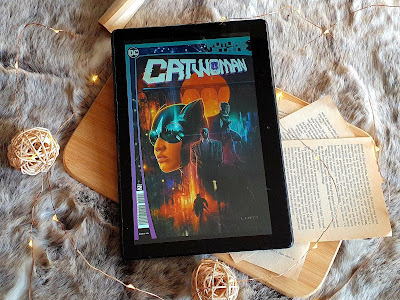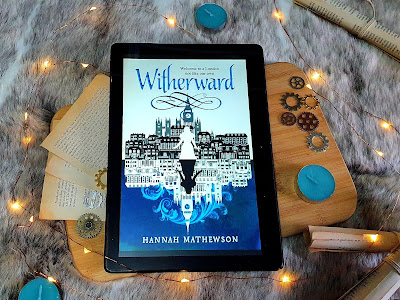Originally published on Set The Tape
2020 was not a great year for cinema. A lot of films scheduled to come out were delayed; some were released onto new platforms such as streaming services to avoid cinema releases, and others were put on hold altogether, as a deadly pandemic swept its way across the globe. So to not only create a film in that year, but to incorporate the restrictions and safety precautions into the actual story and make it a part of the narrative is not just bold, but pretty smart too.
New horror film Host follows a group of friends who are currently living in lock-down during the pandemic, and decide to not let that get in the way of their plans to do things together. Instead of doing something stupid and dangerous like getting together in person they use Zoom to hang out, and to take part in a seance.
The woman who leads the seance, Seylan (Seylan Baxter) informs them that she’s never tried this over the internet before, but she gives it a go. Unfortunately, when she drops out of the call for a while due to technical difficulties things begin to go wrong, and it soon becomes apparent that by messing around and mocking the spirits something has come across from the other side, something that seems to want to punish the people on the call. Thus begins a series of events where these people are stalked in their homes by an otherworldly presence.
The premise of this film initially made me think of other movies that have used connecting up via the internet, things like Unfriended, however unlike those films this one makes a whole lot more sense, due in large part to the reason that it’s happening online. In other films there’s a suspension of disbelief as to why people don’t just simply run away when scary things start happening, and why they stay on Zoom, but here there’s a really good reason for it. There’s nowhere for them to go. You can’t just run out of your house and go to a public venue, or run to a friend when it’s not safe to leave your home.
The film also uses the notion of something haunting them to much better effect than some other ‘techy’ horror films, and there are some very subtle moments of tension and creepiness as you begin to notice that things aren’t right, before the film ramps things up and goes into full on horror mode. One of the best things about this, however, is that the people in the film react really well to what’s going on, due in large part to the fact that sections of the script were held back from them in order for pre-recorded things to happen to elicit real fright from them. Not only is this very evil of the director, but it makes for some moments where the characters react in some very realistic ways!
Perhaps the biggest thing the movie has going for it though is its length. Instead of pushing things to a full 90 minutes and trying to pad the story the film is less than an hour long, and uses its time really well. It gives time to characters, so that you can get to know them before things start to go wrong, and can care for them, and has some slower moments to allow tension to build, but it still goes really quickly. There are other horror films that take place in real time, but often these feel badly paced, or have unnecessary things thrown in to make the film longer. Host simply turns up, tells the story it wants to tell, and goes. It doesn’t hang around running up the clock so that it can hit a certain run time, and it makes it all the better because of that.
The Blu-ray comes packed with a host of special features that add extra life to the home release, including some fun and informative commentaries from both the director and producer, as well as one from the film’s cast, as well as a number of behind the scenes interviews and Q&As that go into the making of the movie. There are also a couple of short films, and some prank videos included for anyone who wants even more content from Rob Savage, all of which are really good too.
Host is an entertaining and punchy horror film, one that uses the limitations of both the time it was filmed in and the format it chose to tell its story, delivering a really well made film that doesn’t take up a whole load of time.























